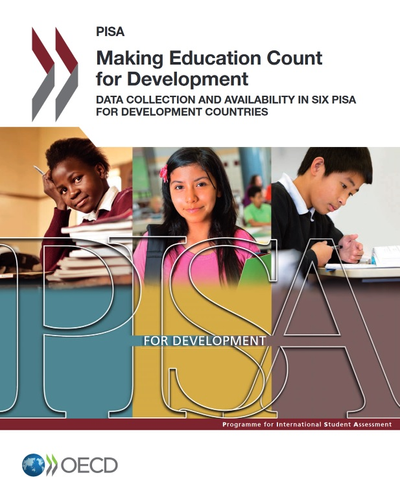Shifts in the education landscape are opening doors for investment.
The US market for educational products and services, across K–12, higher education, and corporate learning, is more than $1.75 trillion, and growing. While that figure alone warrants attention from investors, much of this market has historically been difficult for investors to access. K–12 and higher education are largely seen as public goods for the government to provide. Corporate learning has been the responsibility of employers, which often have little appetite for innovation. For-profit companies and investors have mainly played supporting roles and have found a few opportunistic ways to provide resources where providers of learning required support.
Today, because of stagnation in learning outcomes and other shifts in the education landscape, schools and corporations are rethinking how they teach and train—opening the door for private investors and for-profit education providers. In 2015, deal activity involving education companies hit an all-time high of $7 billion (up about 25 percent from 2014), with the annual private-equity deal count remaining steady from 2014 at around 100.
We have identified nine exciting themes for investors in education. Previously, we have explored three of these themes: digital content in K–12, completion services for postsecondary students, and digitization of corporate learning. Here, we focus on three new themes: technology for K–12 teacher professional development, pathway programs for international students in higher education, and simulation and serious-game training in corporate learning.
K–12: Technology for teachers’ professional development
US schools spend $18 billion on professional development for teachers every year, twice what they spend on digital and print instructional materials. Despite the investment, research1suggests that on average, most teachers plateau and do not improve beyond their first three to five years in the classroom. Worse, most teachers have no evidence of their performance, good or bad. Surprisingly, this lag in the quality of professional development exists even as calls for teachers and schools to meet performance standards grow louder, a trend punctuated by the recent adoption of more rigorous college and career-ready academic standards in schools across the United States.
This need to demonstrate improvement has moved schools away from traditional workshop-style training to continual, on-the-job experiences that provide teachers with real-time expertise and feedback, from both external experts and other teachers, to help them improve their practice. This shift has opened the door for technology platforms that enable improvement by making performance transparent, connecting teachers to each other and to instructional coaches, and providing access to engaging, innovative, personalized training experiences from external providers.
Private companies are answering the call, in the form of digital content providers, digital coaching platforms, and online professional-development networks for resource sharing. Digital data-management systems, similar to corporate HR and learning platforms, help teachers and managers track performance. Deals with large school districts often exceed $30 million annually for these platforms. Investors should look for winning solutions with scalable platforms, which can benefit from—or catalyze—industry consolidation and the creation of integrated suites of the above offerings.
Higher education: Pathway agencies for international students
As domestic enrollment slows, US institutions of higher education are looking even harder at international students as an avenue of growth. Currently about 1.0 million international students are enrolled in the United States (nearly 25 percent of the 4.3 million or so students who study abroad each year). Admission of foreign students to US schools has accelerated recently; in 2007, 3.5 percent of university students came from overseas, while in 2015 nearly 5.0 percent did. The growth is coming mainly through some large public universities and the so-called tier-two schools.
With this growing international student population, US universities require support to ensure they are accepting high-quality students, and students need end-to-end support throughout the process of application to enrollment to completion of their first year of school. A new kind of company is emerging to help both: the international student pathway agency. Pathway agencies serve as an interface between students and host universities. They screen students on behalf of the university and ease each step of the student’s journey, including application support, securing financial aid and housing, language and instructional support, and social integration. In many cases, the pathway agency supports a student through her entire first year on campus.
Some universities that are particularly interested in foreign students pay these agencies an average of about $6,000 per student, but sometimes as much as $20,000, as the agencies save the schools considerable costs. Last year, agencies worked with 20 percent of all international students in the United States, and schools paid over $1 billion for that support. This figure is set to grow rapidly, creating an attractive investment opportunity to roll up smaller pathway players and to capture new university partnerships.
Corporate learning: Interactive training through simulations and serious games
Companies spend $250 billion globally on training, a figure that goes up seemingly every year. A lot of that investment is now going into digitized forms of training. Yet companies struggle to see results. Research suggests that “old school” forms of digital learning that dominate corporate training are static and often no better than traditional learning.2However, a new generation of interactive, simulation-based digital solutions is showing immense promise.
Read more: Mckinsey.com Three more reasons why US education is ready for investment





